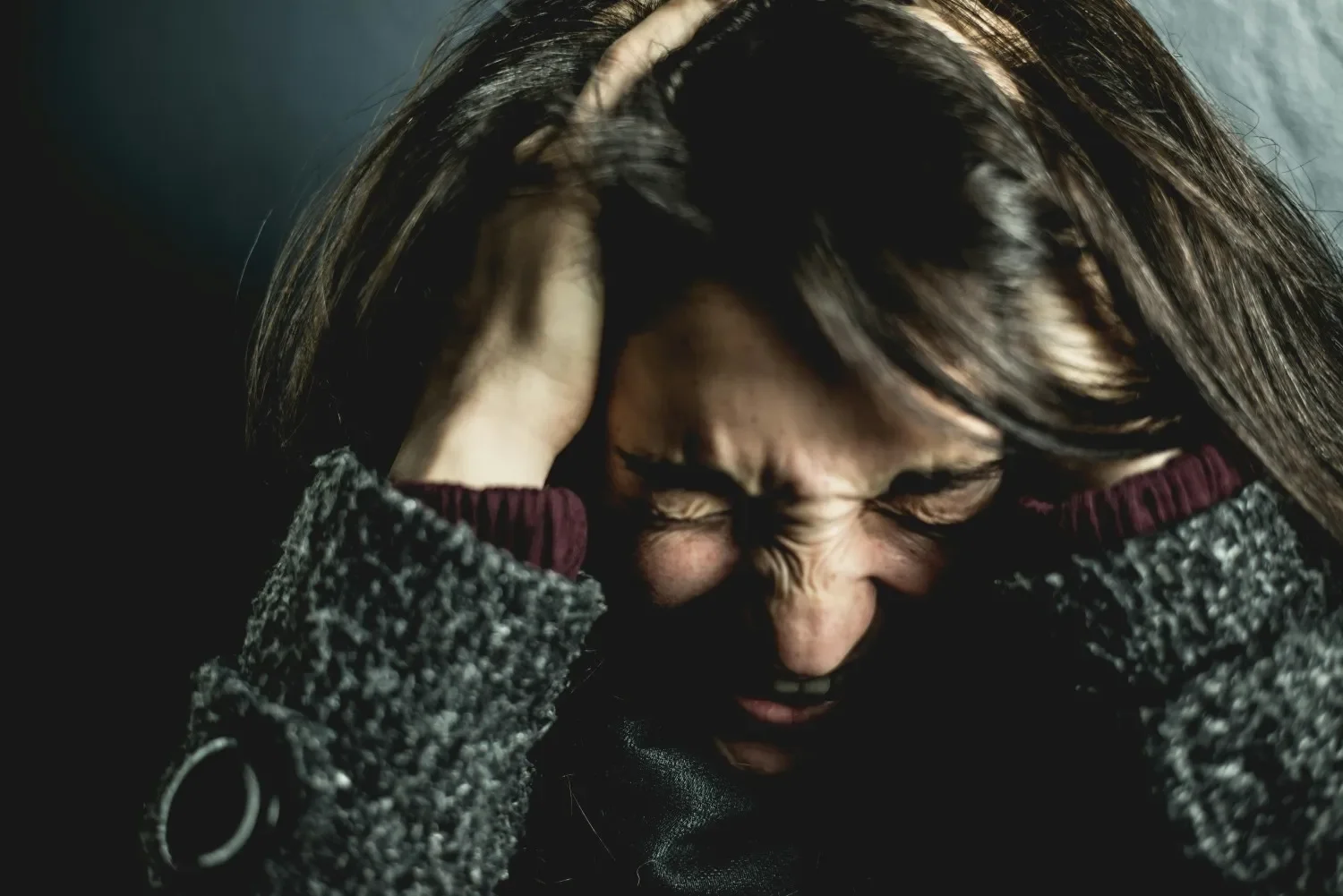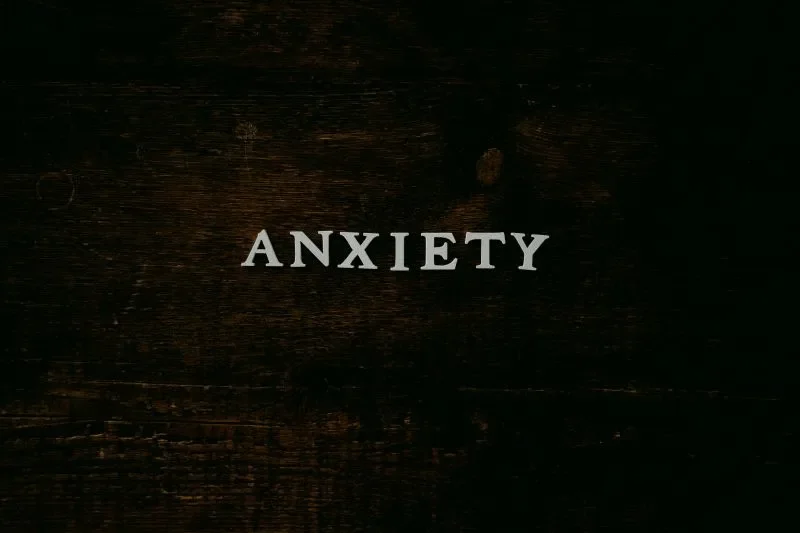Understanding the Physical Symptoms of Anxiety
Millions of people around the world suffer from anxiety every day. In fact, anxiety disorders affect more than 40 million adults in the US alone. While many individuals are aware of the emotional strain it creates, the physical symptoms of anxiety are typically overlooked. These might range from fast pulse to inexplicable lethargy, with a major impact on everyday living. Recognizing these signs is an important step toward treating anxiety, so let's shed light on them and help you understand whether you're dealing with this pervasive but treatable issue.
The Physical Nature of Anxiety
Anxiety is a mental health condition marked by persistent worry and fear that disrupts daily life.
Anxiety disorders are marked by excessive and prolonged fear, worry, and nervousness. Unlike the brief anxiety triggered by a stressful event, these disorders persist, often worsening over time if left unmanaged. Basically, when anxiety kicks in, our bodies can experience a stress response, getting us ready to face threats. Stress chemicals like cortisol and adrenaline are released into our bodies as a result of this old reaction. This chemical rush can boost your perception and give you energy.
If this attitude lasts, it can cause physical fatigue, headaches, body pains, or muscle tension. Learning how to regulate these responses allows us to reduce stress and avoid burnout. We can help our bodies reset and maintain greater equilibrium. This proactive approach not only relieves the physical symptoms of anxiety but also improves our overall resilience.
Common Physical Symptoms of Anxiety
Diagnosing anxiety can be difficult since it can generate a wide range of physical symptoms that frequently resemble those of medical illnesses. Typical signs and symptoms include:
Heart palpitations and chest pain. These symptoms are often mistaken for heart disease, and they tend to worsen the anxiety cycle and can be fear inducing.
Breathing too quickly or feeling changes in breathing patterns can make the experience even more difficult.
Prolonged anxiety can lead to muscle tension and chronic pain. This can severely affect mobility and daily activities, causing additional stress.
Anxiety can disrupt digestion and lead to symptoms like nausea, diarrhea, constipation, and other gastrointestinal issues.
Less Common Symptoms That Might Surprise You
Overwhelming noise can trigger the physical symptoms of anxiety, like heart palpitations and sweating.
Anxiety can manifest in surprising ways that go beyond typical symptoms. While many people are aware of the common signs such as sweating and shaking, there are other signs, including:
A feeling that you’re about to faint or disorientation.
Frequent bodily functions including frequent urination.
Profuse sweating or chills.
Over-sensitivity to noise and / or tinnitus (ear-ringing).
Recognizing these warning signs can change how anxiety manifests. Anxiety affects the body as much as the mind and learning how to be empowered in face of distressing symptoms is a key way to enhance our sense of connection and mastery with ourselves.
Anxiety shares symptomatic overlaps with physical health conditions such as hyperthyroidism, cardiovascular diseases, and respiratory disorders. That's why it's important to conduct thorough medical evaluations to rule out other underlying causes. Differentiating what is anxiety and what is a physical health need is an important part of treatment.
Managing and Treating Physical Symptoms of Anxiety
Anxiety isn't just a head game — your body might react. Some tools include:
For severe symptoms, medications such as SSRIs might be prescribed by a healthcare provider. These can help stabilize your body's chemical balance, easing physical symptoms.
Different types of therapy are very helpful. Skill-based therapies are recommended if you are new to treatment.
Simple lifestyle adjustments can make a significant difference. Sleep hygiene, exercise routines, and maintaining a balanced diet can help your body better handle stress.
Relaxation techniques like yoga, meditation, and deep-breathing exercises can be effective. They help reduce the body’s stress response, which can alleviate physical symptoms of anxiety.
When to Seek Help: Recognizing the Signs
Seeking professional help is crucial for effectively managing anxiety and improving overall well-being.
Understanding when to seek help for anxiety, particularly when it's linked to other mental health issues or addiction, is essential for successful and long-term recovery. Unfortunately, anxiety doesn't exist in isolation but often coexists with substance abuse, creating a cycle where each condition exacerbates the other. A study shows that 18% of the 4.5 million adults in Florida have a disability with co-occurring mental health conditions. Many individuals start using substances as a way to cope with overwhelming symptoms of anxiety. Self-medication can spiral into dependency, intensifying the anxiety it was meant to alleviate.
Approaching treatment for co-occurring anxiety and substance abuse effectively involves comprehensive strategies that address both issues simultaneously. Programs that combine different areas of treatment and client support are most effective. These treatments focus on resolving the root causes of both anxiety and substance abuse, helping to reduce symptoms and teach coping mechanisms for future distress.
Anyone dealing with these dual challenges should turn to professionals for help as soon as possible. Taking the initial step to get treatment might be difficult, but acknowledging the need for support is the first important step toward recovery.
The Bottom Line
Understanding and addressing the physical symptoms of anxiety is essential for anyone seeking to regain control over their health and well-being. If you or someone you know is struggling with anxiety, it's time to overcome shame and fear and get the help you need, as this is the most important step towards recovery and well-being. Feel free to get in touch if you have any questions about anxiety therapy.
References:
https://adaa.org/understanding-anxiety
https://altacenters.com/
https://www.beyondblue.org.au/mental-health/anxiety/signs-and-symptoms
https://www.healthline.com/health/333-rule-anxiety#:~:text=You%20can%20use%20the %20333,technique%20for%20coping%20with%20anxiety.
https://www.healthline.com/health/physical-symptoms-of-anxiety
https://fddc.org/wp-content/uploads/2022/11/Final-Research-Study-Report-9-19-22.pdf




